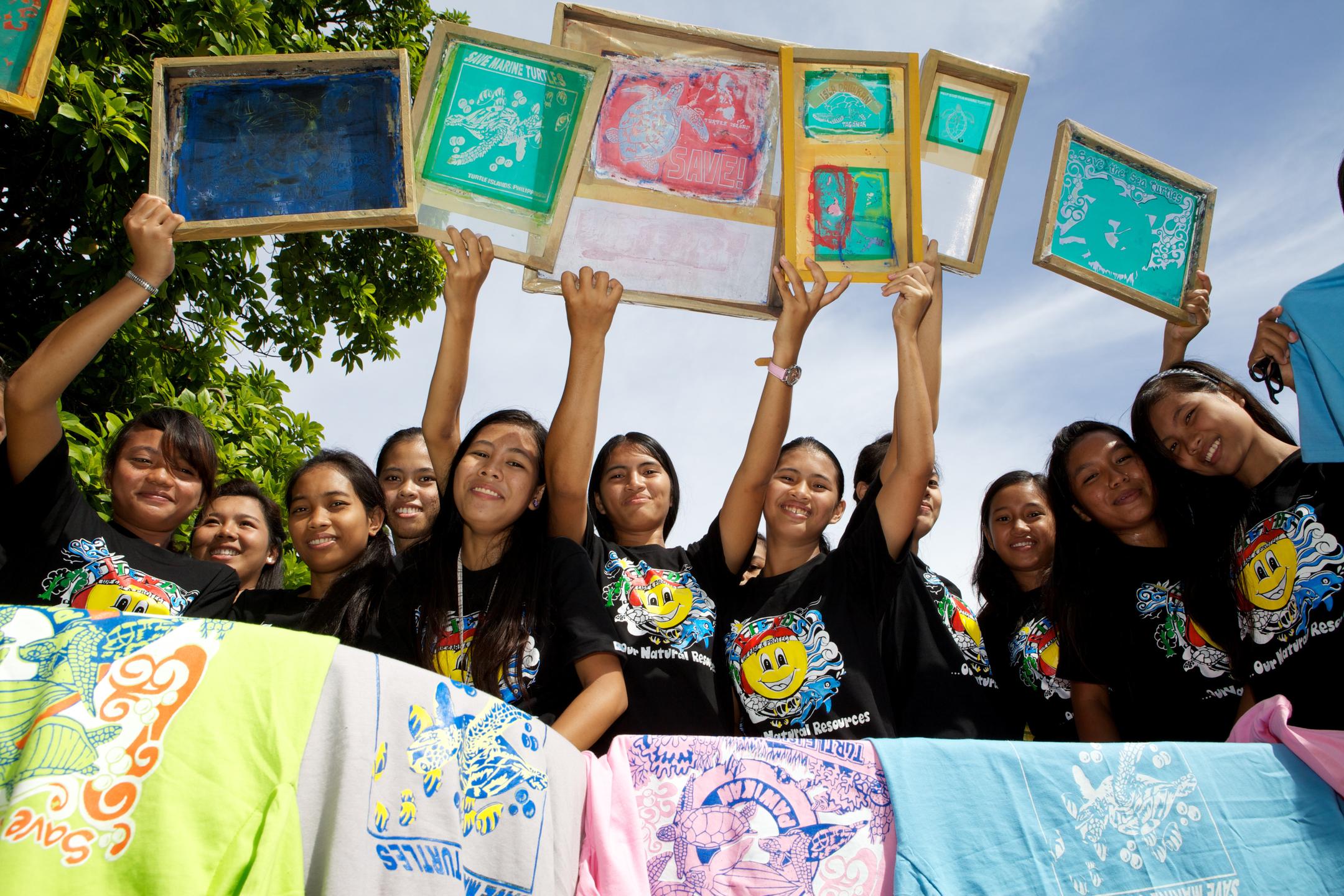Editor’s note: Conservation International climate expert Shyla Raghav recently joined a group of children on an episode of the National Children Museum’s podcast, “STEAM Daydream,” to explore climate science. In a new post, Raghav shares advice to help parents educate their children about climate change.
As climate breakdown accelerates, it is crucial for children to learn about how the planet is being affected and what they can do to help.
But teaching kids about such a complex and unsettling issue can be daunting for any parent.
Fortunately, you don’t have to be an expert to talk to your children about the climate crisis. Here are five tips to help.
1. Give examples
As a global issue, climate change can be extremely difficult to talk about at an individual level. The key to explaining the climate crisis to children is finding ways to relate it to their daily lives. For example, I always start by talking about the weather, which changes almost every day and can impact anything from our moods to the rate at which plants grow. At its most basic, climate change is just a pattern of weather over a longer period of time. To illustrate this to your children, try comparing the weather today to the weather 50 years ago: Are there any major differences you can find? Is it hotter or drier now? While it is natural for the climate to fluctuate over time, it is important to explain that humans are causing the climate to change at an unprecedented rate. In fact, research shows that 19 of the hottest years ever recorded have occurred in the past 20 years.
2. Don’t just talk about examples — show them
Similar to most scientific subjects, climate change is easier to understand with visuals. Some of the terms used by climate experts actually have visuals built into their names, such as the greenhouse gas effect. When you are explaining what drives global warming, try showing your child a picture of a greenhouse or visit an actual greenhouse. Essentially, the glass structure housing the plants traps the sunlight within that space, making it a lot hotter inside — and we are doing the same thing with our planet when we burn fossil fuels, which release greenhouse gas emissions that trap sunlight in our atmosphere.
You can also show visuals of the things that are helping to stop climate change just by going outside. Recent research found that nature can contribute at least 30 percent of the carbon emissions reductions and removals necessary to keep average global temperature rise below 2 degrees Celsius (3.7 degrees Fahrenheit). That means that the trees in your own back yard are playing their part in combatting climate change by absorbing and storing the emissions that humans are releasing.
3. Don’t underestimate what children can understand
I think a lot of people would be surprised by how much kids already know about climate change. Children are constantly observing changes happening to our planet, and many of them are curious about how it might impact their lives. While it is important to educate your kids about the climate crisis using terms that they are familiar with, don’t feel like you need to oversimplify or “dumb down” the topic. If you do, you may risk leaving out critical points that could help them understand what their future might look like — and how they can help prevent climate catastrophe.
4. Focus on action — and hope
Given that humanity is facing a pandemic, it can be daunting to try to teach kids about another global crisis. However, it is crucial to continue talking to children about climate change, not despite the pandemic but because of it. There are so many lessons to learn from the global response to the pandemic that are applicable for climate change. Crises demonstrate the incredible capacity of societies to come together in the face of unprecedented, insurmountable challenges and adapt. This is exactly what we need to tackle climate change.
To help avoid the stress and fear that comes along with talking about the climate emergency — what we call “climate fatigue” — focus on what actions you and your child can take to help end it. For example, cutting back on red meat is beneficial to the planet because livestock such as cows release methane, a greenhouse gas, and require large amounts of land and feed. Even small things such as shutting the lights off when you leave a room or installing solar panels in your house can cut your carbon footprint. By helping your children understand the climate impacts of the actions that they and others take, it will help them to recognize the changes that must occur to build a safer, healthier and more resilient future — and to act on those changes as they pursue their educations and grow into adults.
5. Learn from your children
With children, learning is not a one-way street. Adults also have a lot to learn from kids, especially when it comes to climate action. Children have joined together to form an international youth climate movement, organizing massive protests, online climate campaigns and social media strikes. Like never before, children are part of a global community and are holding adults accountable for their actions. Being open to what your child has to say about the climate movement will help build a more inclusive and sustainable world for them to grow up in.
Further reading:
Shyla Raghav is the vice president, climate change at Conservation International. Want to read more stories like this? Sign up for email updates. Also, please consider supporting our critical work.
Cover image: A youth group in the Philippines (© Keith A. Ellenbogen)
